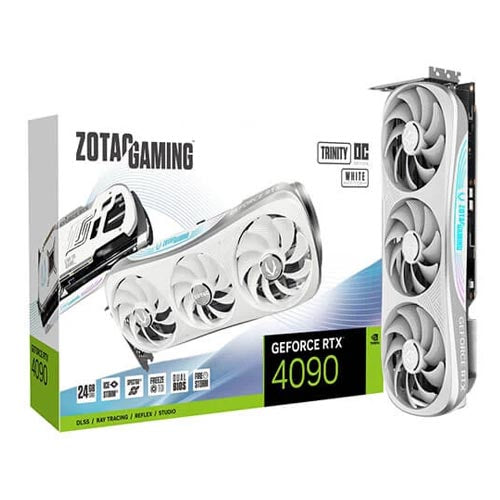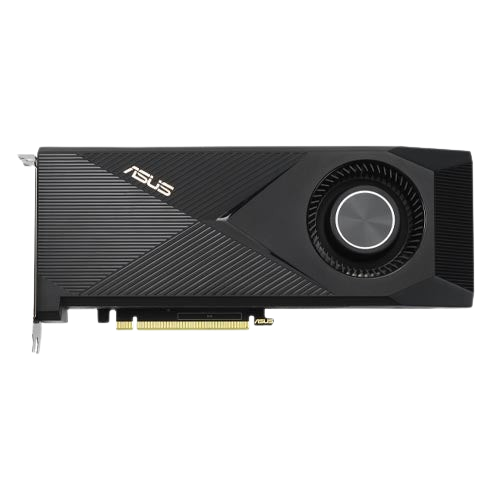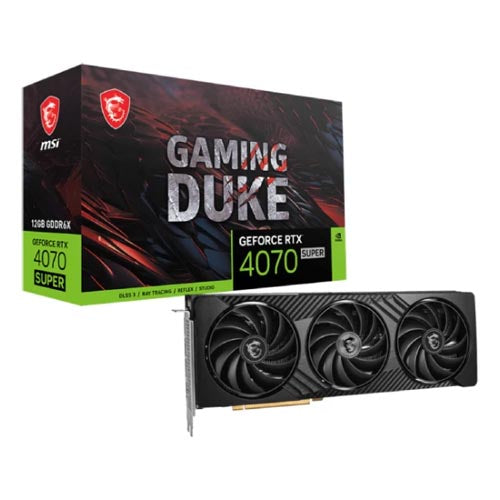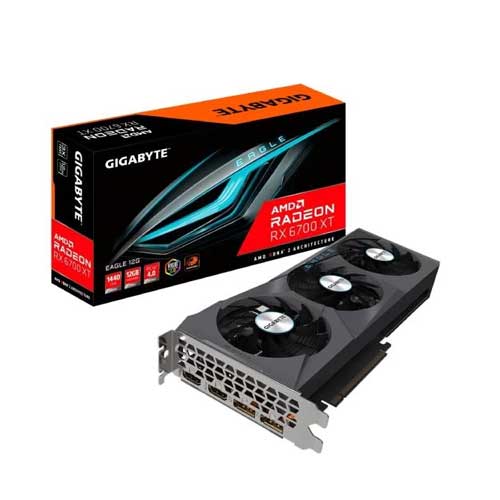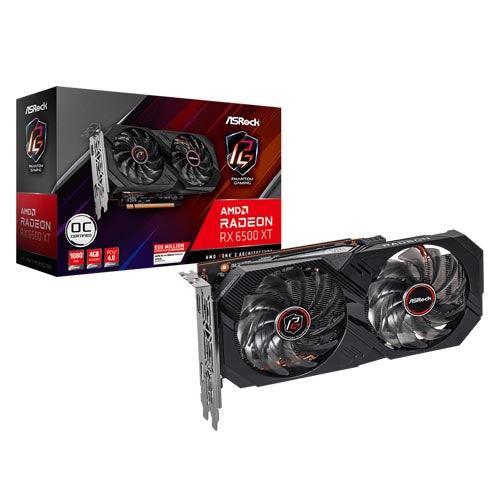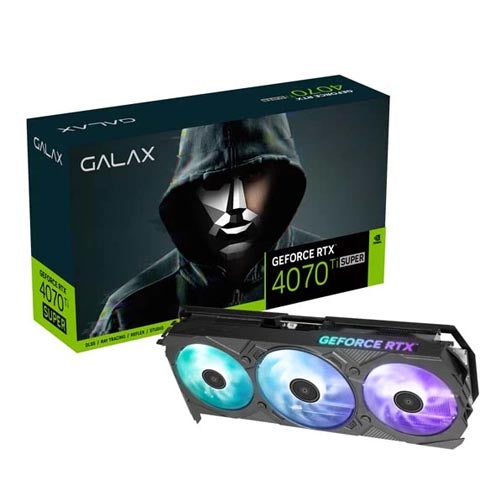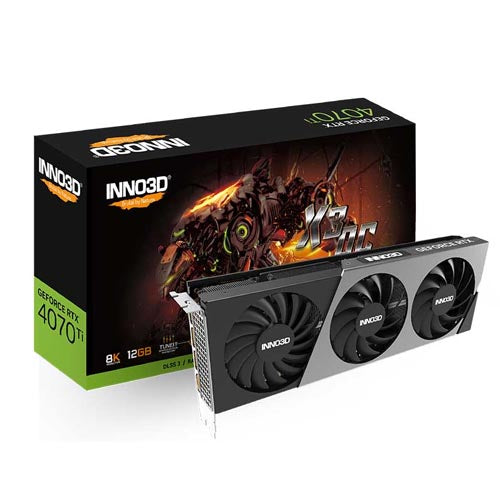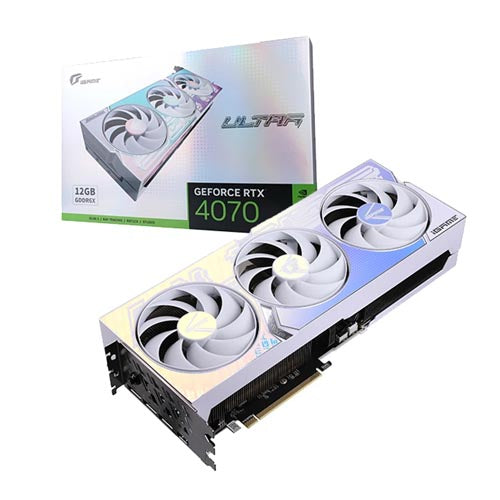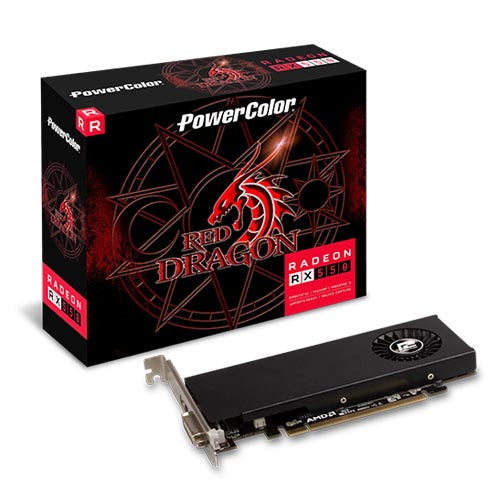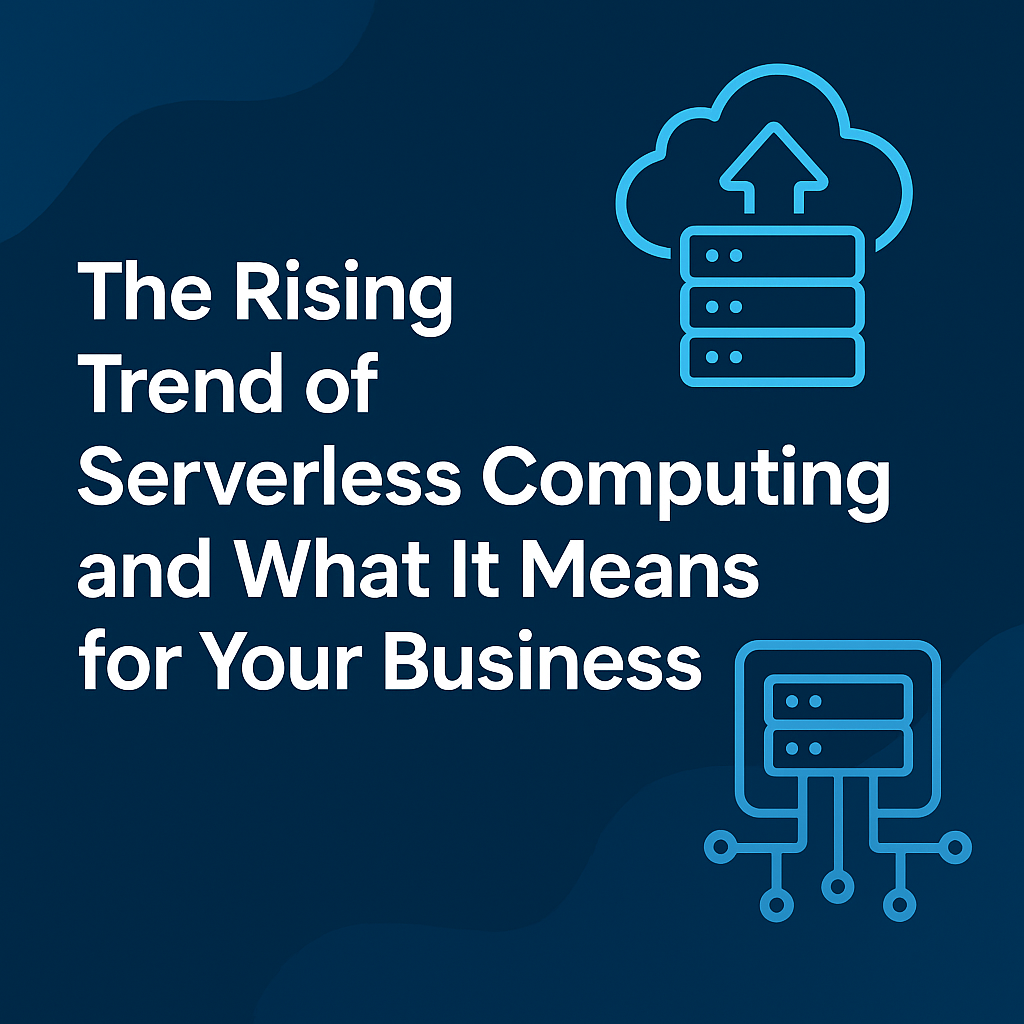In an era where data centers are the backbone of digital transformation, the environmental toll of ever-evolving IT infrastructure cannot be ignored. According to the International Energy Agency (IEA), data centers consume approximately 1-1.5% of global electricity, a figure expected to rise exponentially with AI, IoT, and edge computing adoption.
Meanwhile, electronic waste (e-waste) is growing at an alarming pace—nearly 60 million metric tons globally per year, as per the Global E-waste Monitor. Much of this comes from short IT hardware lifecycles, particularly servers being prematurely decommissioned despite retaining viable operational life.
This is where refurbished servers enter the picture—not as second-hand compromises, but as technically-recertified systems that offer enterprise-grade performance with reduced environmental impact.
What Are Refurbished Servers?
🔧 Definition and Certification Process
Refurbished servers are pre-owned enterprise-grade machines that are restored to optimal functional condition through a systematic technical process:
-
Initial Testing – Diagnostics to detect hardware faults and BIOS firmware corruption.
-
Component Replacement – Failing parts (RAM, fans, PSU, etc.) are replaced with OEM-grade units.
-
Firmware Upgrades – BIOS, RAID controllers, and IPMI firmware are updated.
-
Performance Validation – Burn-in tests, thermal analysis, and benchmark scoring.
-
Repackaging – Professionally cleaned and reassembled with optional new chassis or bezels.
-
Certification – Most vendors issue compliance certificates (e.g., ISO 9001, R2) and SLA-backed warranties.

Environmental Impact of New vs. Refurbished Servers
🌍 Carbon Footprint Comparison
Manufacturing a new enterprise-grade server involves:
- Up to 1.5 tons of CO₂e emissions per unit.
- Extraction and processing of rare earth elements like tantalum, neodymium, and cobalt.
- Water-intensive semiconductor manufacturing (~8 gallons per chip).
By contrast, refurbished servers:
- Eliminate the need for new component extraction.
- Reduce overall carbon emissions by 70-80% per unit.
- Encourage circular economy practices in IT.
📉 Lifecycle Extension and E-Waste Reduction
A typical server has a technical lifespan of 7-10 years, but enterprises often replace them every 3-5 years due to OEM support cycles or performance inflation. Refurbishing enables:
- Secondary utilization of high-performance systems (e.g., Intel Xeon Silver 4214 with DDR4 ECC).
- Reduced IT asset disposal rates.
- Compatibility with open-source operating systems and hypervisors like Proxmox, KVM, or VMware ESXi.
Real-World Technical Use Cases
1️⃣ Edge Computing
Refurbished 1U/2U rack servers like Dell PowerEdge R630 or HPE ProLiant DL380 Gen9 are ideal for edge locations where:
- Physical footprint is limited.
- Redundant PSU and RAID controllers are essential.
- On-premise processing is needed for latency-critical applications (e.g., retail POS, smart cameras).
2️⃣ Private Cloud and Virtualization
Using refurbished servers with Intel Xeon v3/v4 or AMD EPYC 7001 series CPUs, organizations can build robust:
- Proxmox clusters with Ceph-backed storage.
- VM farms for test/dev environments.
- Kubernetes clusters using kubeadm + MetalLB or Rancher.
3️⃣ Data Backup and Disaster Recovery (DR)
Affordable refurbished NAS-based servers like Supermicro 4-bay platforms can be repurposed with:
- ZFS file systems.
- Tools like rsnapshot, Veeam, or Restic for data replication.
- Air-gapped or cold storage DR strategies.
Performance Considerations and Limitations
📊 Benchmarks and Workload Optimization
Refurbished servers often retain performance suitable for:
- Web hosting (Apache/Nginx + MySQL).
- Containerized apps (Docker, Podman).
- CI/CD pipelines (Jenkins, GitLab Runners).
While PCIe Gen 3 and DDR4 might not match Gen 5 speeds, tuning I/O schedulers (noop, deadline) and using NVMe caching significantly improves performance.
🛑 Challenges to Consider
- Lack of vendor support after 5-7 years.
- Higher initial power draw (older PSU inefficiency).
- Compatibility checks needed for new peripherals (e.g., GPUs, high-speed NICs).
Mitigation strategies include:
- Using IPMI for remote management.
- Running firmware audit scripts to check vulnerabilities (e.g., Intel SA-00086).
- Partnering with certified refurbishing vendors for consistent SLAs.
Cost Benefits and TCO Analysis
| Parameter | New Server | Refurbished Server |
|---|---|---|
| Purchase Cost | ₹3,00,000 – ₹8,00,000 | ₹80,000 – ₹1,80,000 |
| Deployment Time | 2-4 weeks (OEM lead time) | 3-5 days (in-stock delivery) |
| Performance Gap | Minimal (in real-world use cases) | N/A |
| Warranty Support | 3-5 years OEM | 1-3 years by refurb vendor |
| Environmental Footprint | High (CO₂, mining, energy use) | Low (recycling, reuse, no mining) |
| ROI Timeframe | 2 years | <1 year |
A hybrid IT approach—combining refurbished servers for staging/dev environments and new hardware for production-critical workloads—yields the highest cost-efficiency.
Compliance, Data Security & Certifications
When dealing with refurbished hardware, enterprises must ensure:
- Data sanitization through NIST 800-88 or DoD 5220.22-M methods.
- Vendor certifications like:
-
-
ISO 14001: Environmental Management
-
R2: Responsible Recycling
-
e-Stewards for e-waste processing
-
For regulated sectors (healthcare, BFSI), refurbished infrastructure should support:
- TPM 2.0 compatibility.
- FIPS 140-2 validated modules.
- Secure boot, UEFI lockdown, and drive encryption.

Compliance, Data Security & Certifications
When dealing with refurbished hardware, enterprises must ensure:
- Data sanitization through NIST 800-88 or DoD 5220.22-M methods.
- Vendor certifications like:
-
-
ISO 14001: Environmental Management
-
R2: Responsible Recycling
-
e-Stewards for e-waste processing
-
For regulated sectors (healthcare, BFSI), refurbished infrastructure should support:
- TPM 2.0 compatibility.
- FIPS 140-2 validated modules.
- Secure boot, UEFI lockdown, and drive encryption.
Conclusion: Refurbished Isn’t Second-Class—It’s Smart
In the journey toward digital transformation, enterprises often chase performance at the cost of sustainability. Refurbished servers provide a rare opportunity to harmonize both goals—offering enterprise-level performance, reduced CapEx, and a lighter environmental footprint.
From Kubernetes nodes to backup servers, test clusters to DR infrastructure, refurbished machines prove their mettle when paired with the right technical planning and deployment strategy.
If you're building a sustainable, cost-optimized IT infrastructure without compromising reliability, refurbished servers deserve a front-row seat in your data center roadmap.
